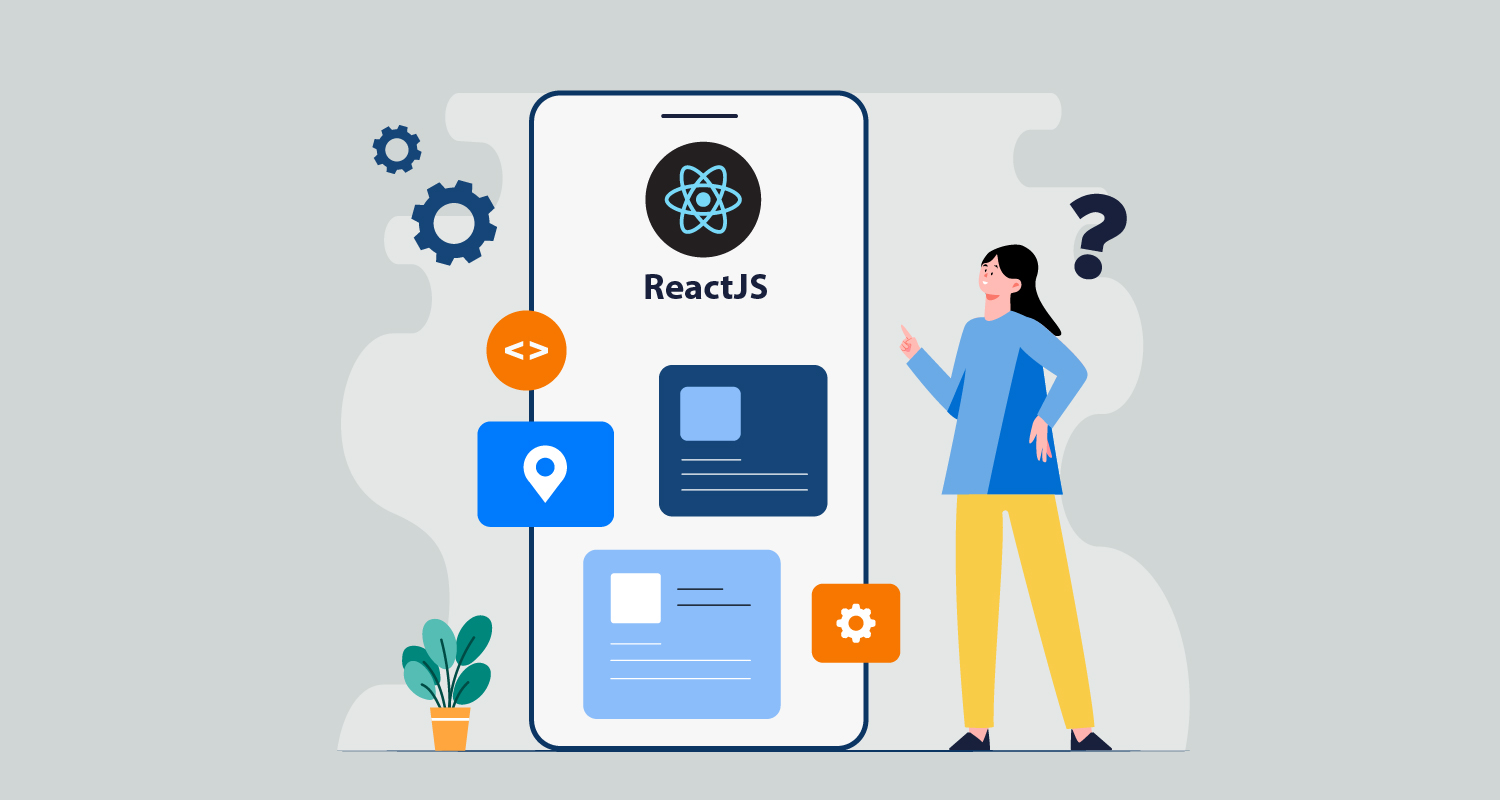Demystifying ReactJS App Development
In the world of modern web development, ReactJS is the buzzword that is on everyone’s lips. A front-end JavaScript library created by Facebook, ReactJS has taken the world of web development by storm. With its unique architecture and comprehensive toolkit, ReactJS has become one of the most sought-after frameworks for building scalable, feature-rich web applications. In this blog post, we will give you a complete rundown of ReactJS app development. We will delve into its basics, explore its architecture, showcase its core features and show you how to build a simple app. So, without further ado, let’s dig into ReactJS!
Overview of ReactJS
ReactJS is a lightweight, declarative JavaScript library that is used for building reusable UI components. It has gained immense popularity due to its ability to help developers create complex and customized UIs with ease. ReactJS follows the principles of component-driven design, where UI elements are divided into micro-components that can be customized and reused across the application. This approach of building applications not only improves code reusability but also makes it easier to manage. To learn more about ReactJS click here.
Architecture of ReactJS
ReactJS is based on a unique architecture called the Virtual DOM. The Virtual DOM is an abstraction of the browser’s DOM that resides entirely in memory. When a user interacts with an application built with ReactJS, the Virtual DOM is updated with the changes. ReactJS then compares the updated Virtual DOM with the previous Virtual DOM and identifies the changes. It then updates only the necessary changes on the actual browser’s DOM. This process of comparing and updating only the necessary changes makes ReactJS more efficient and faster than traditional DOM manipulation.
Core Features of ReactJS
ReactJS has many powerful features that make it a favorite of developers. Some of the core features of ReactJS are:
- JSX syntax : JSX is a syntax extension of JavaScript that allows you to write HTML-like structures in your JavaScript code. It makes it easier to create component-based UIs in ReactJS.
- Component-based architecture : ReactJS follows a component-based architecture, which means you can create reusable, modular UI elements that can be used across the application.
- One-way data flow : ReactJS uses a unidirectional data flow, which means data only flows in one direction- downward. This makes it easier to manage state changes in the application.
- React Hooks : ReactJS Hooks are a way to use state and other ReactJS features without writing a class component. Hooks provide an alternative to class components and make it easier to work with state in functional components.

Building a Simple ReactJS app
Now it’s time for some hands-on experience! To get started with ReactJS, let’s create a simple ReactJS app that displays a list of items. Follow the following steps:
- Install NodeJS and NPM on your machine.
- Create a new project folder and initialize it with npm.
- Install the required dependencies.
- Create a component that displays a list of items and render it to the DOM.
Conclusion
ReactJS is a powerful and flexible JavaScript library that is widely used for building scalable and feature-rich web applications. Its Virtual DOM, component-driven architecture, and one-way data flow make it a favorite among developers worldwide. With ReactJS, you can create complex and customized UIs with ease. We hope this blog post has given you an overview of ReactJS app development. If you have any questions or suggestions, please feel free to leave them in the comments section below. Happy coding!
In conclusion, ReactJS is a game-changer in the world of front-end web development. It provides developers with the necessary tools and features to create unique and powerful applications that meet the demands of modern-day users. From its component-driven architecture to its efficient Virtual DOM, ReactJS has many features that make it stand out from other frameworks. With the hands-on experience of building a simple ReactJS app provided in this blog post, you can start exploring this exciting technology right away!
